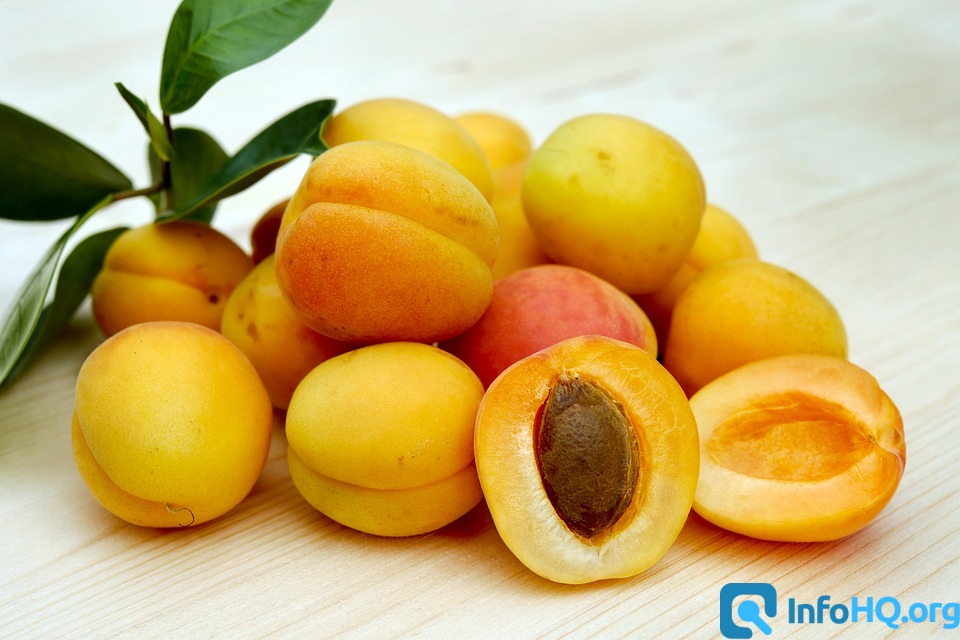
The Impact of Social Media on Food Culture
The Impact of Social Media on Food Culture
In today’s digital age, social media has revolutionized the way we interact with the world around us. From connecting with friends and family to discovering new trends, social media has had a profound impact on various aspects of our lives, including food culture. The influence of platforms such as Instagram, Facebook, and TikTok has transformed the way we think about, consume, and share food. In this article, we will explore the impact of social media on food culture and how it has shaped the way we perceive and experience food.
Changing Food Trends
The Rise of Food Influencers
Social media has given rise to a new breed of influencers known as “food influencers.” These individuals have built large followings by sharing their culinary adventures, restaurant recommendations, and homemade recipes. Their influence has significantly impacted food culture by shaping consumer preferences and driving trends. Whether it’s a viral food challenge or a trending ingredient, food influencers have the power to make or break a culinary trend.
Visual Appeal of Food
The visual nature of social media platforms such as Instagram has placed a strong emphasis on the presentation of food. Food photography has become an art form, with users sharing aesthetically pleasing images of their meals. This focus on visual appeal has influenced the way restaurants and food brands present their products, leading to an emphasis on Instagram-worthy dishes and visually stunning packaging.
Impact on Food Consumption
Instant Access to Recipes
Social media has made it easier than ever for people to access a wide variety of recipes and cooking techniques. Platforms like Facebook and Pinterest are flooded with recipe videos and tutorials, making it convenient for individuals to experiment with new dishes in their own kitchens. This easy access to recipes has encouraged people to explore different cuisines and cooking styles, broadening their culinary horizons.
Dining Decisions
When it comes to dining out, social media plays a significant role in influencing people’s choices. Users often rely on restaurant reviews, food photos, and recommendations from influencers when deciding where to eat. The popularity of “foodie” hashtags and geotags has led to the discovery of hidden culinary gems and has driven foot traffic to local eateries.
Cultural Impact
Global Food Exchange
Social media has facilitated a global exchange of food culture, allowing individuals to share and discover diverse culinary traditions from around the world. Through food blogs, cooking videos, and virtual cooking classes, people can experience the richness of different cuisines without leaving their homes. This cultural exchange has fostered a greater appreciation for global flavors and has encouraged the celebration of food diversity.
Food Activism and Awareness
Another significant impact of social media on food culture is its role in raising awareness about food-related issues and advocating for change. Platforms have become vehicles for food activism, with users using their voices to highlight issues such as food insecurity, sustainability, and ethical food practices. Social media has played a crucial role in mobilizing communities and driving conversations about important food-related topics.
Conclusion
The impact of social media on food culture is undeniable. From shaping food trends and consumption habits to fostering cultural exchange and activism, social media has transformed the way we engage with food. As we continue to navigate this digital landscape, it’s important to recognize the power and influence of social media on our relationship with food and to use it as a tool for promoting positive change in the culinary world.
FAQs About the Impact of Social Media on Food Culture
1. How has social media influenced food trends?
Social media has influenced food trends by giving rise to food influencers, placing an emphasis on visual appeal, and driving viral culinary challenges.
2. What role does social media play in food consumption?
Social media provides instant access to recipes and influences dining decisions through restaurant reviews and food recommendations.
3. In what ways has social media facilitated a global exchange of food culture?
Social media has allowed individuals to share and discover diverse culinary traditions from around the world, fostering a greater appreciation for global flavors.
4. How has social media raised awareness about food-related issues?
Social media has served as a platform for food activism, raising awareness about issues such as food insecurity, sustainability, and ethical food practices.
5. What can we do to use social media as a tool for promoting positive change in the culinary world?
We can use social media to advocate for food-related issues, support local eateries, and celebrate food diversity to promote positive change in the culinary world.



